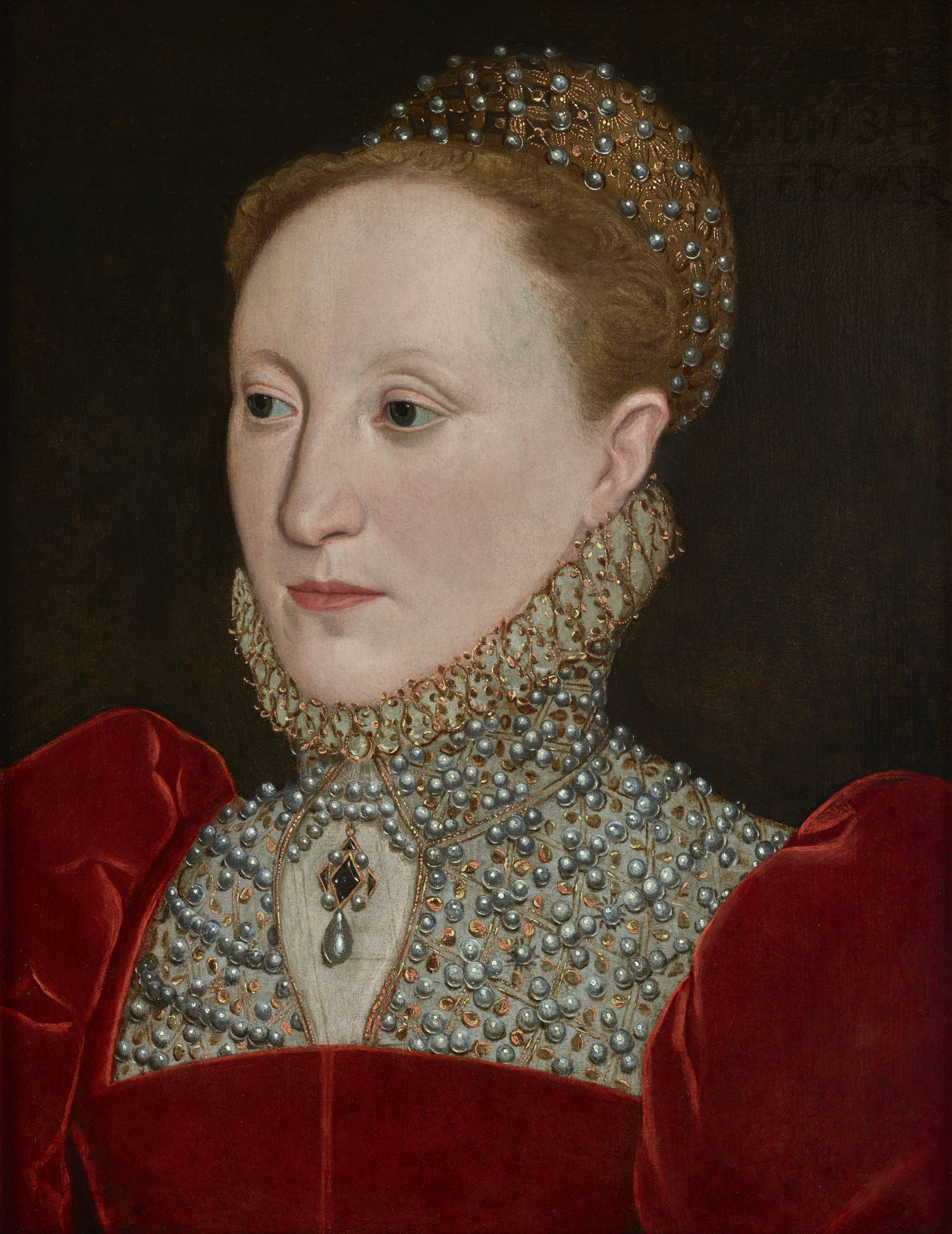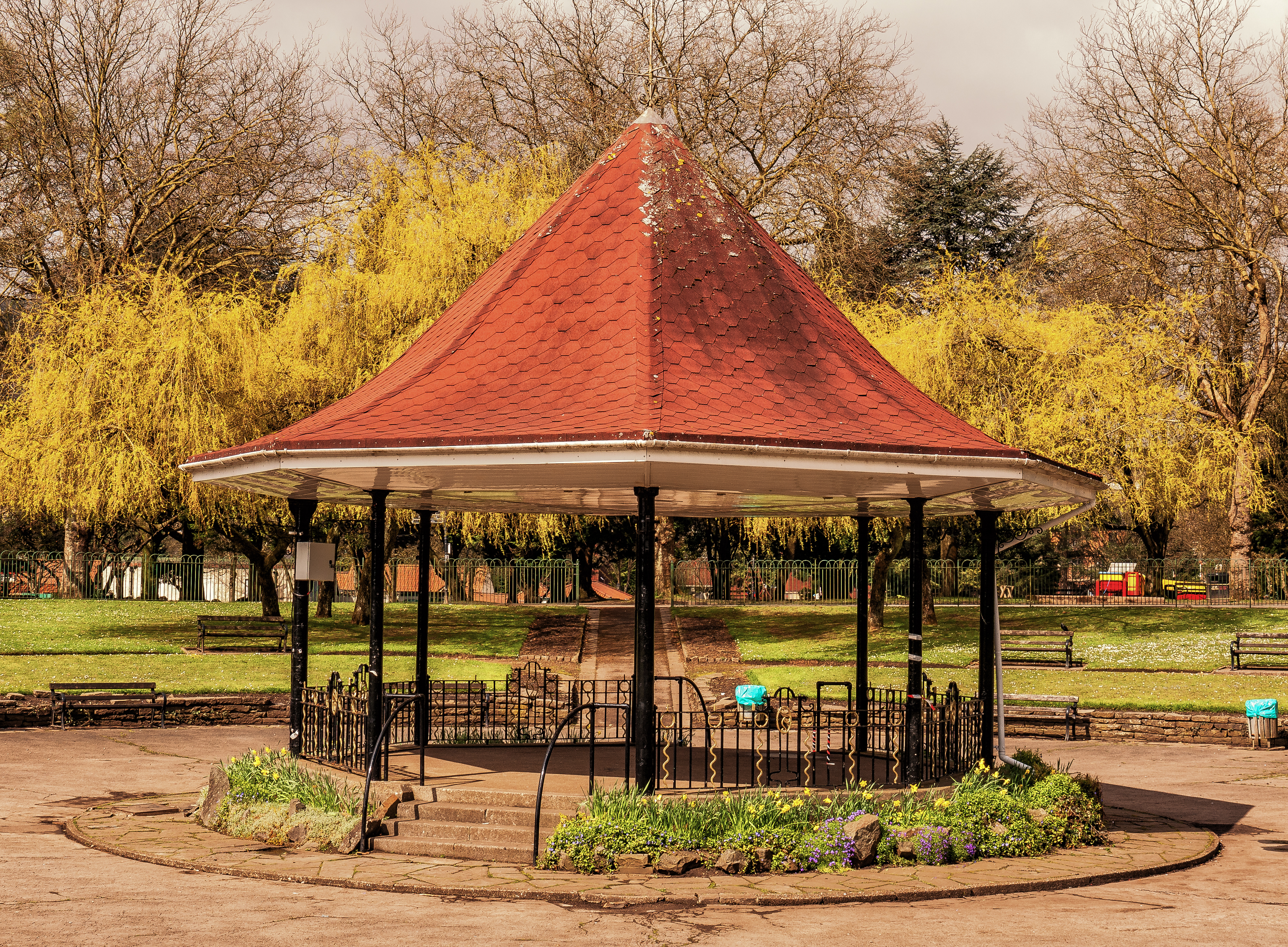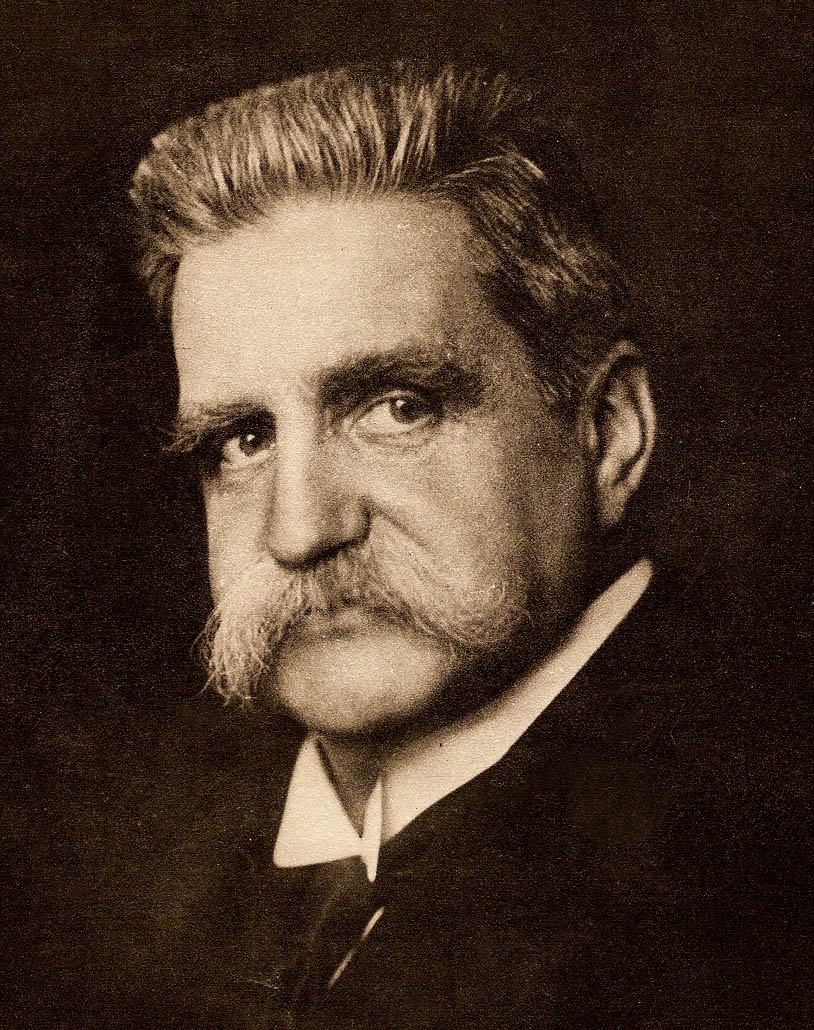|
Folkpark
In Sweden, a folkpark (approximately "peoples park" in English) is a public recreation space, usually featuring large grassed areas, trees, children's play facilities, etc. Most towns and cities have a folkpark. These parks were originally created by the labour movement as places where political rallies could be held and where workers and their families could unwind. In larger folkparks, there is sometimes a bandstand or stage, and they are used for concerts and other entertainment. Summer folkpark tours are a traditional part of the touring circuit for bands, etc. ''folkpark.nu''. Retrieved: November 23, 2014. See also *Folkets hus *FolkhemmetReferences [...More Info...] [...Related Items...] OR: [Wikipedia] [Google] [Baidu] |
Sweden
Sweden, formally the Kingdom of Sweden,The United Nations Group of Experts on Geographical Names states that the country's formal name is the Kingdom of SwedenUNGEGN World Geographical Names, Sweden./ref> is a Nordic countries, Nordic country located on the Scandinavian Peninsula in Northern Europe. It borders Norway to the west and north, Finland to the east, and is connected to Denmark in the southwest by Øresund Bridge, a bridgetunnel across the Öresund. At , Sweden is the largest Nordic country, the third-largest country in the European Union, and the List of European countries by area, fifth-largest country in Europe. The Capital city, capital and largest city is Stockholm. Sweden has a total population of 10.5 million, and a low population density of , with around 87% of Swedes residing in urban areas in the central and southern half of the country. Sweden has a nature dominated by forests and a large amount of lakes, including List of largest lakes of Europ ... [...More Info...] [...Related Items...] OR: [Wikipedia] [Google] [Baidu] |
Labour Movement
The labour movement or labor movement consists of two main wings: the trade union movement (British English) or labor union movement (American English) on the one hand, and the political labour movement on the other. * The trade union movement (trade unionism) consists of the collective organisation of working people developed to represent and campaign for better working conditions and treatment from their employers and, by the implementation of labour and employment laws, from their governments. The standard unit of organisation is the trade union. * The political labour movement in many countries includes a political party that represents the interests of employees, often known as a " labour party" or " workers' party". Many individuals and political groups otherwise considered to represent ruling classes may be part of, and active in, the labour movement. The labour movement developed as a response to the industrial capitalism of the late 18th and early 19th centuries, a ... [...More Info...] [...Related Items...] OR: [Wikipedia] [Google] [Baidu] |
Worker
The working class (or labouring class) comprises those engaged in manual-labour occupations or industrial work, who are remunerated via waged or salaried contracts. Working-class occupations (see also " Designation of workers by collar colour") include blue-collar jobs, and most pink-collar jobs. Members of the working class rely exclusively upon earnings from wage labour; thus, according to more inclusive definitions, the category can include almost all of the working population of industrialized economies, as well as those employed in the urban areas (cities, towns, villages) of non-industrialized economies or in the rural workforce. Definitions As with many terms describing social class, ''working class'' is defined and used in many different ways. The most general definition, used by many socialists, is that the working class includes all those who have nothing to sell but their labour. These people used to be referred to as the proletariat, but that term has gone out ... [...More Info...] [...Related Items...] OR: [Wikipedia] [Google] [Baidu] |
Bandstand
A bandstand (sometimes music kiosk) is a circular, semicircular or polygonal structure set in a park, garden, pier, or indoor space, designed to accommodate musical bands performing concerts. A simple construction, it both creates an ornamental focal point and also serves acoustic requirements while providing shelter for the changeable weather, if outdoors. In form bandstands resemble ornamental European garden gazebos modeled on outdoor open-sided pavilions found in Asian countries from early times. Origins During the 18th and 19th centuries this type of performance building was found in the fashionable pleasure gardens of London and Paris where musicians played for guests dining and dancing. They were later built in public spaces in many countries as practical amenities for outdoor entertainment. Many bandstands in the United Kingdom originated in the Victorian era as the British brass band movement gained popularity. Smaller bandstands are often not much more than gazeb ... [...More Info...] [...Related Items...] OR: [Wikipedia] [Google] [Baidu] |
Folkets Hus
People's Houses (russian: Народный дом) were originally leisure and cultural centres built with the intention of making art and cultural appreciation available to the working classes. The first establishment of this type appeared in Tomsk, Russian Empire in 1882. Soon people's Houses became popular in England (1887, "People's Palace"), Scotland, Turkey and other European states. The term "people's house" (e.g., ''folkets hus'', ''casa del pueblo'', ''maison du peuple'', etc.) was further used in continental Europe for working-class public community centres, each of which often had associations with particular trade union organizations and political parties. Russian Empire The first People's House (russian: Народный дом) was built in Tomsk in 1882, and several more were erected in the capital of Russia, St. Petersburg during that decade. By the beginning of the 20th century the capital supported about 20 People's Houses: these provided entertainment, educa ... [...More Info...] [...Related Items...] OR: [Wikipedia] [Google] [Baidu] |
Folkhemmet
''Folkhemmet'' (, "the people's home") is a political concept that played an important role in the history of the Swedish Social Democratic Party and the Swedish welfare state. It is also sometimes used to refer to the long period between 1932 and 1976 when the Social Democrats were in power (except for a brief period in 1936 when Axel Pehrsson-Bramstorp from the Farmer's League was prime minister) and the concept was put into practice, but also works as a poetic name for the Swedish welfare state. Sometimes referred to as "the Swedish Middle Way", ''folkhemmet'' was viewed as midway between capitalism and socialism. The base of the ''folkhem'' vision is that the entire society ought to be like a family, where everybody contributes, but also where everybody looks after one another. The Swedish Social Democrats' successes in the postwar period is often explained by the fact that the party managed to motivate major social reforms with the idea of the ''folkhem'' and the nation ... [...More Info...] [...Related Items...] OR: [Wikipedia] [Google] [Baidu] |
Swedish Social Democratic Party
The Swedish Social Democratic Party, formally the Swedish Social Democratic Workers' Party ( sv, Sveriges socialdemokratiska arbetareparti ; S/SAP), usually referred to as The Social Democrats ( sv, link=no, Socialdemokraterna ), is a social-democratic political party in Sweden. Founded in 1889, the SAP is the country's oldest and currently largest party. From the mid-1930s to the 1980s, the Social Democratic Party won more than 40% of the vote. From 1932 to 1976, the SAP was continuously in government. Most recently, the party was heading the government from 2014 to 2022. It participates in elections as "The Workers' Party – The Social Democrats" ( sv, link=no, Arbetarepartiet – Socialdemokraterna ). History Founded in 1889 as a member of the Second International, a split occurred in 1917 when the left socialists split from the Social Democrats to form the Swedish Social Democratic Left Party (later the Communist Party of Sweden and now the Left Party). The symbol of th ... [...More Info...] [...Related Items...] OR: [Wikipedia] [Google] [Baidu] |





